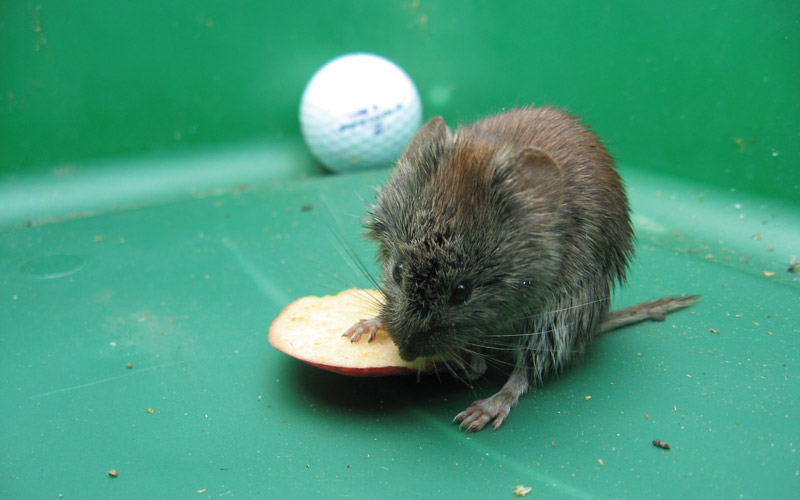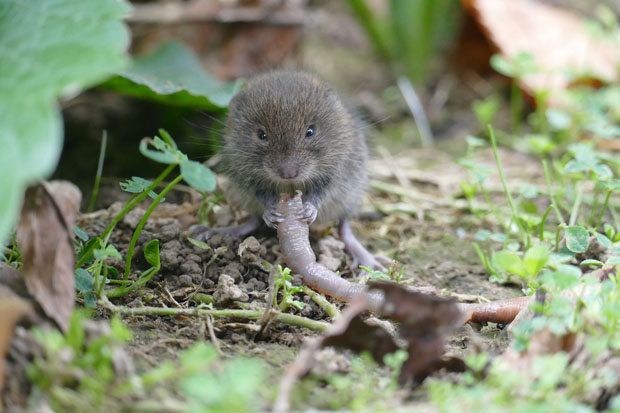Handling Vole Damage: Effective Control Techniques
Handling Vole Damage: Effective Control Techniques
Blog Article
Comprehensive Guide to Reliable Vole Pest Control: Problem Recognition and Treatment Methods
In the world of reliable insect control, vole invasions present an unique challenge that requires a strategic strategy. By exploring the nuances of vole behavior, comprehending vital indications of infestation, and evaluating a range of control alternatives, one can develop a detailed method to battle these evasive parasites.
Understanding Vole Behavior
Vole behavior is characterized by their burrowing habits and rapid recreation prices, making them a tough parasite to regulate properly. These tiny rats normally develop complex passage systems underground, using them for sanctuary, food storage space, and transportation. Voles are herbivores, taking in a selection of plants, origins, yards, and light bulbs, which can trigger substantial damages to gardens, orchards, and lawns. Their rapid reproductive rate more makes complex control initiatives, with ladies efficient in generating numerous trashes in a single year, each consisting of numerous children.
Comprehending vole actions is important for reliable insect control approaches. By identifying their burrow locations, checking feeding areas, and applying targeted control methods, such as capturing or environment modification, vole infestations can be managed successfully.
Signs of Vole Infestation

Prevention Methods
Applying efficient prevention techniques is important in reducing vole infestations and vole yard damage safeguarding vegetation from their devastating feeding routines. To stop vole invasions, it is important to begin by getting rid of potential food resources and shelter.
Consistently examining the residential property for indicators of vole activity, such as paths and delve openings, is essential for early discovery and timely activity. If vole task is suspected, think about utilizing repellents or catches purposefully positioned near their paths.
Non-Lethal Control Methods
To efficiently manage vole populaces while prioritizing humane methods, non-lethal control strategies supply practical remedies for lowering vole damage in gardens and landscapes. One effective technique is making use of physical barriers such as hardware cloth or wire mesh to safeguard susceptible plants. These barriers can be buried at the very least 12 inches deep and bent at a 90-degree angle to avoid voles from burrowing underneath. In addition, environment alteration can prevent voles by lowering their favored food resources and concealing areas. Preserving a well-mowed grass, getting rid of particles, and maintaining plant life cut can make the setting less appealing to voles.

Lethal Control Options
One reliable approach for attending to vole invasions in gardens and landscapes entails the calculated use of dangerous control choices. When faced with an extreme vole invasion that non-lethal techniques have failed to have, carrying out deadly control steps comes to be critical. Generally, when employing dangerous control choices, it is vital to do so responsibly and in conformity with local laws to efficiently manage vole problems.
Conclusion
In verdict, efficient vole pest control calls for an extensive understanding of vole actions, identification of signs of invasion, implementation of avoidance strategies, and use of both non-lethal and lethal control methods. By incorporating these methods, people can effectively take care of vole populations and secure their residential or commercial property from damage. It is vital to attend to vole invasions without delay to stop further problems and reduce the influence on the surrounding setting.
Given the detailed tunnel systems and quick reproduction prices particular of voles, acknowledging the indications of vole infestation becomes necessary in reliable pest control. One of the main signs of vole existence is the presence of surface area paths or tracks in lawn or snow, normally concerning 1-2 inches wide, created as voles travel between their burrows and food sources.To successfully handle vole populaces while focusing on gentle approaches, non-lethal control strategies offer useful services for decreasing vole damage in yards and landscapes.One efficient technique for resolving vole problems in landscapes and yards entails the critical usage of dangerous control options. vole control.In conclusion, effective vole pest control requires a comprehensive understanding of vole actions, recognition of indicators of problem, application of prevention techniques, and use of both deadly and non-lethal control techniques
Report this page